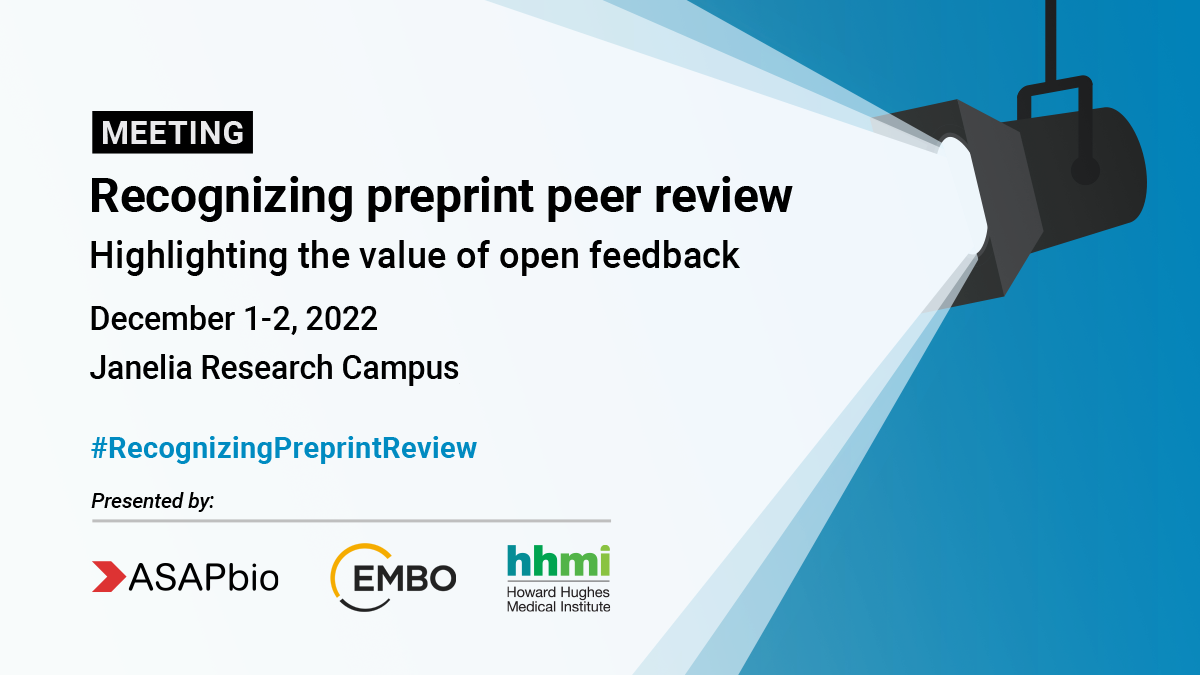In 2023 we progressed 38 people through the third installment of the ASAPbio Fellows program. Together this group participated in cohort calls to provide fundamental knowledge and training around preprints in addition to multiple projects, which we celebrate here. Awareness of preprints in Africa The adoption of preprints across the globe has not been equitable,…| ASAPbio
Introduction Since the launch of bioRxiv in 2013, preprints have seen an explosion in use and adoption across the life sciences. Preprints now represent ~10% of the biomedical literature and are seeing increasing recognition across funding bodies, policy makers, academics and universities in promotion and hiring decisions. However, this adoption and recognition is not globally…| ASAPbio
Public review of preprints offers many benefits. It enables reviewers to focus on the science itself, allows authors to engage in constructive dialog with reviewers, and provides context on preprints for readers. cOAlition S and EMBO Postdoctoral Fellowships have recently announced that they recognize peer-reviewed preprints as peer-reviewed publications, and some journals are accepting reviews from services such as Peer Community In and Review Commons.| ASAPbio


